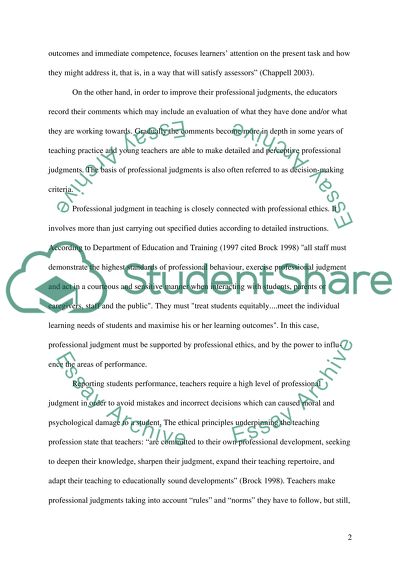Cite this document
(Teaching and Learning Practice Assignment Example | Topics and Well Written Essays - 1750 words, n.d.)
Teaching and Learning Practice Assignment Example | Topics and Well Written Essays - 1750 words. Retrieved from https://studentshare.org/education/1535179-assignment-on-teaching-and-learning-practice
Teaching and Learning Practice Assignment Example | Topics and Well Written Essays - 1750 words. Retrieved from https://studentshare.org/education/1535179-assignment-on-teaching-and-learning-practice
(Teaching and Learning Practice Assignment Example | Topics and Well Written Essays - 1750 Words)
Teaching and Learning Practice Assignment Example | Topics and Well Written Essays - 1750 Words. https://studentshare.org/education/1535179-assignment-on-teaching-and-learning-practice.
Teaching and Learning Practice Assignment Example | Topics and Well Written Essays - 1750 Words. https://studentshare.org/education/1535179-assignment-on-teaching-and-learning-practice.
“Teaching and Learning Practice Assignment Example | Topics and Well Written Essays - 1750 Words”. https://studentshare.org/education/1535179-assignment-on-teaching-and-learning-practice.


